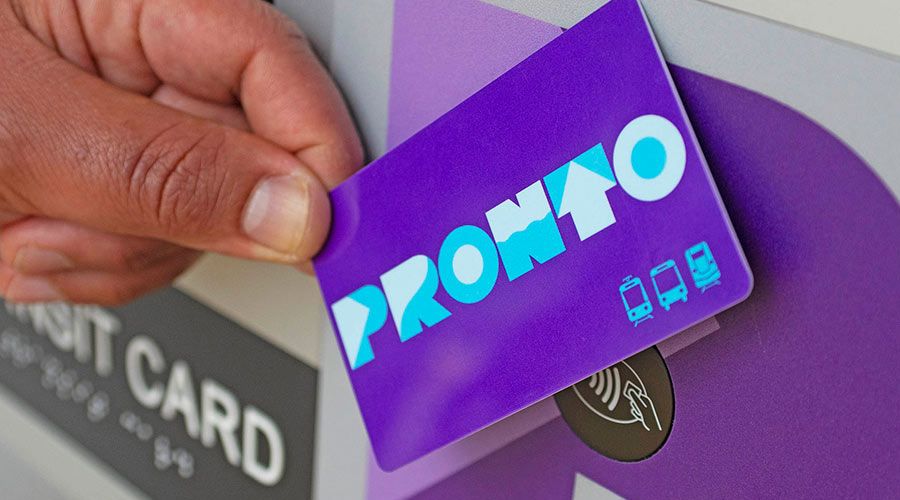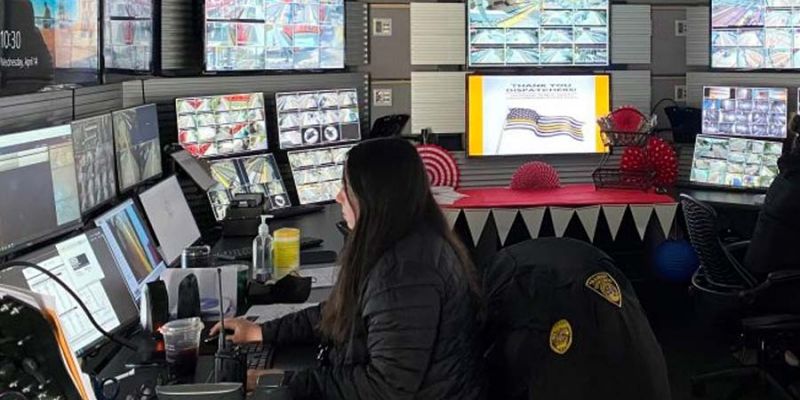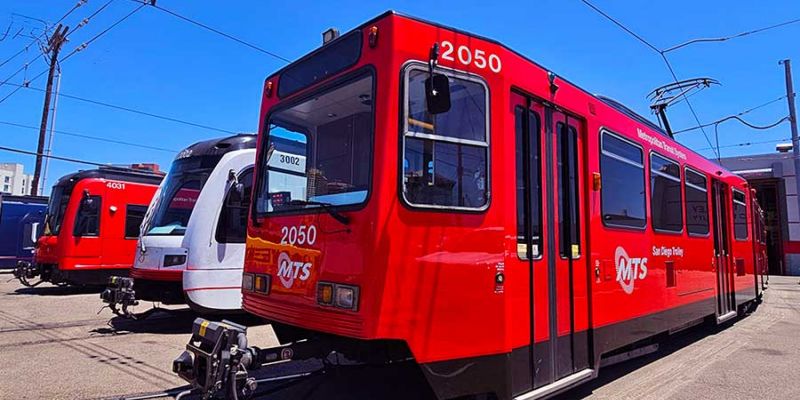
Is MTS a service from the City of San Diego, or is it the County? Do fares cover the cost of service? How are my taxes supporting public transportation?
We get a lot of questions about who runs MTS and how we receive funding. In this blog, we’ll try and make cents of it all. (We’ve also got a quick video breaking it down too if that’s your vibe.)
Who Runs MTS?
MTS is considered a special district. We are a public agency, but we’re not run by any singular government entity. We receive support from a variety of sources:
- Our Board of Directors is made up of elected officials from 10 cities we serve, as well as a representative from the County of San Diego
- We are not funded directly by any local government (i.e. city or the County of San Diego)
- We receive public funding from a local County Sales Tax (managed by SANDAG), the State of California, and the Federal Government’s Department of Transportation
What Does It Cost to Run MTS Service?
When it comes to our budget, we have two big categories:
- Operating Budget: You can think of this as the funding that we need to make service happen day-to-day: wages for staff, gas and electricity to support vehicles, vehicle maintenance costs, etc.
- Capital Budget: This funding is typically larger, long-term costs that allow us to run service: purchasing vehicles, tracks for Trolley service, construction upgrades, etc.
It changes year-to-year and over time, but our Operating budget is approximately $473 million a year, and our Capital budget is about $163 million. So about 75% of our expected costs are day-to-day expenses.
Where Does MTS Get Funding?
This is where it gets fun. In general, there are four large buckets that support our public transportation service:
- Federal funding
- State funding
- Local funding
- Fares
When talking about federal and state money, you may hear the term “formula funds.” This basically means that we receive money from the state and federal governments based on the population size of the area we serve.
Locally, SANDAG manages a countywide half-cent sales tax called TransNet. In addition to public transportation, TransNet also supports local streets, highways and other projects. In total, MTS will receive about 1/5 of one cent from TransNet.
Of the local sales tax (about 7.75%), MTS will receive less than half a cent combined (from state and TransNet) to run service. That means, every time you spend $100 on things like clothes or household goods, and extra 45 cents is added to run MTS service.
The last major bucket is fares. MTS riders pay to use the service, which helps fund our operating budget expenses. Fares are an important source of funding, but makeup less than 1 in every 5 dollars it takes to run MTS service.
See the breakdown of funding here:

Miscellaneous Money Notes
In addition to the above, MTS also has a few smaller buckets that help support our service:
- Revenue from advertising on our system, and property leases
- A state sales tax on diesel fuel (mostly used by commercial vehicles). Despite some common misconceptions, MTS does not receive sales tax funding on standard gas purchases.
- In addition to federal and state formula funds, we can also compete against other transit agencies for grant funding. (This is essentially money that is up-for-grabs, and agencies apply for specific projects, so it’s not guaranteed.)
The last few years, MTS has also been using emergency reserve funding (kind of like a savings account) to backfill part of our budget.
Higher expenses (mainly wages) + flat sales tax revenues + recovering ridership = budget gap.
We have enough “savings” to cover our budget expenses for the next few years, but that money will run out if no new funding is received.
You can learn more about our efforts to address that in a few places:
- OnTrack: We’re doing some major planning for the future. Part of that planning includes looking at the possibility for more local funding for transit.
- Fare Change Study: It’s been six years since we’ve seen any fare changes, and more than 15 years since there has been any change to the Adult Month pass price. As part of our strategy to reduce the funding gap, we’re looking at the possibility of changing fares (next summer at the earliest).
Have more questions? Drop us a line on our recent Instagram reels about MTS funding!
To stay up-to-date with the latest MTS news, including OnTrack and the Fare Change Study, you can also sign-up for our e-newsletter.



